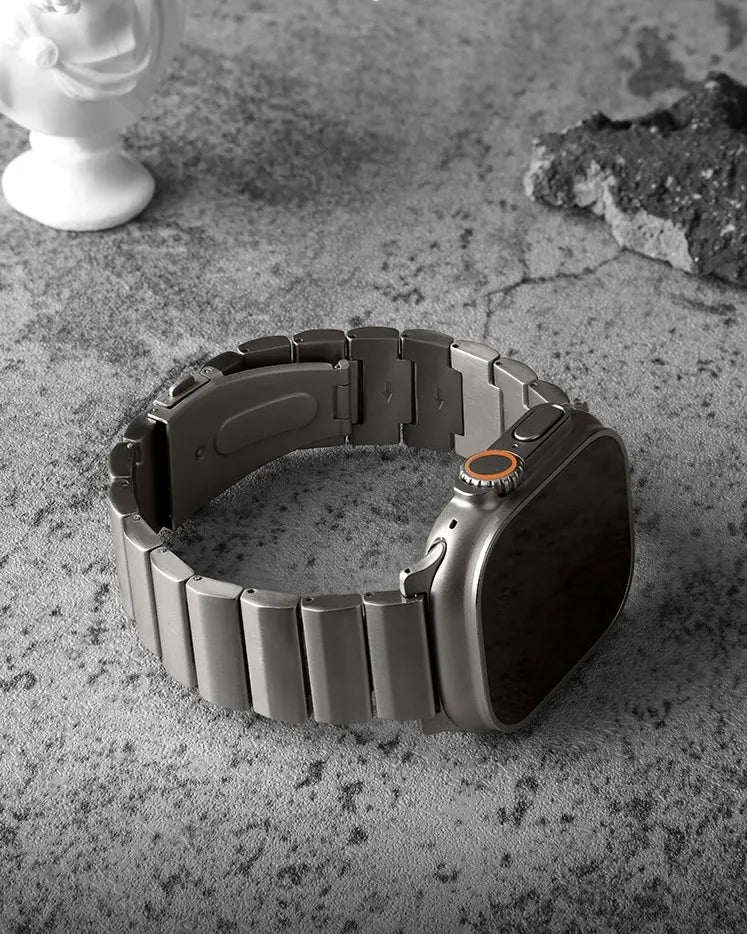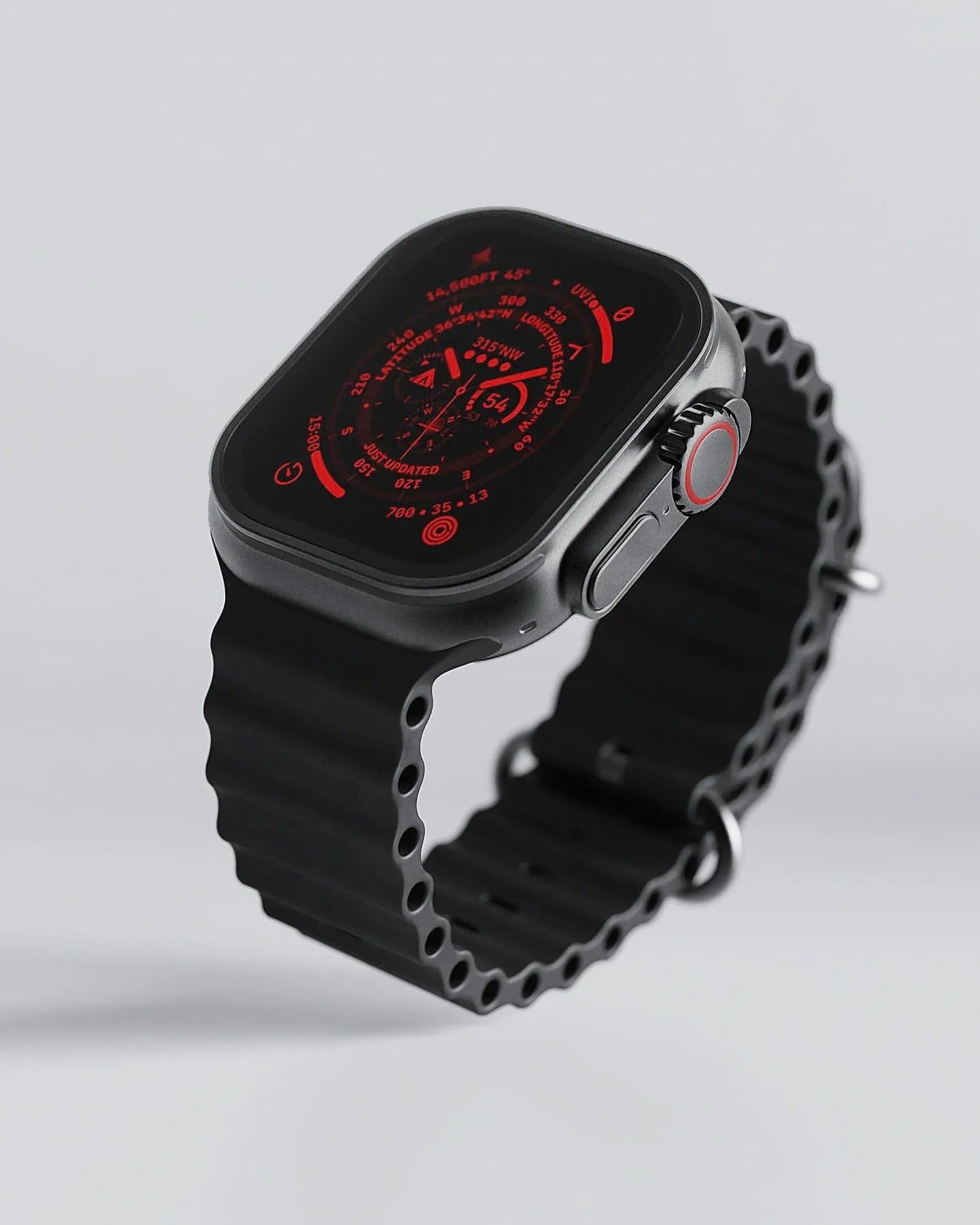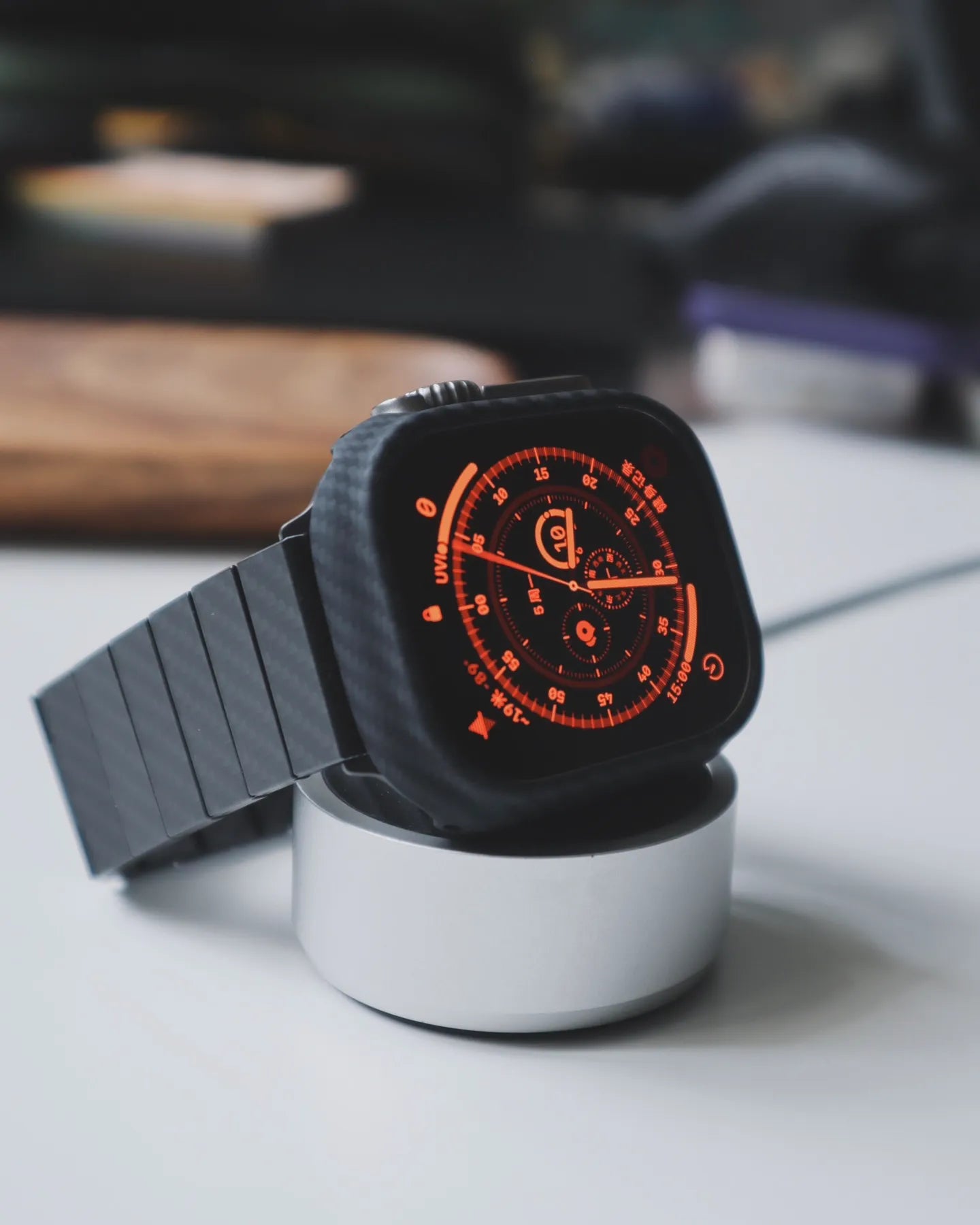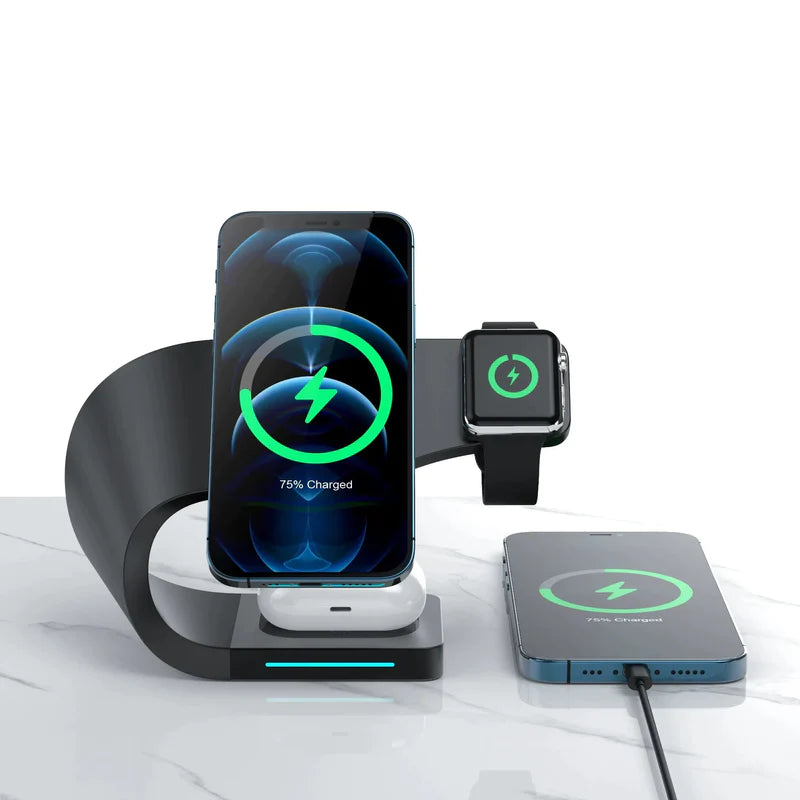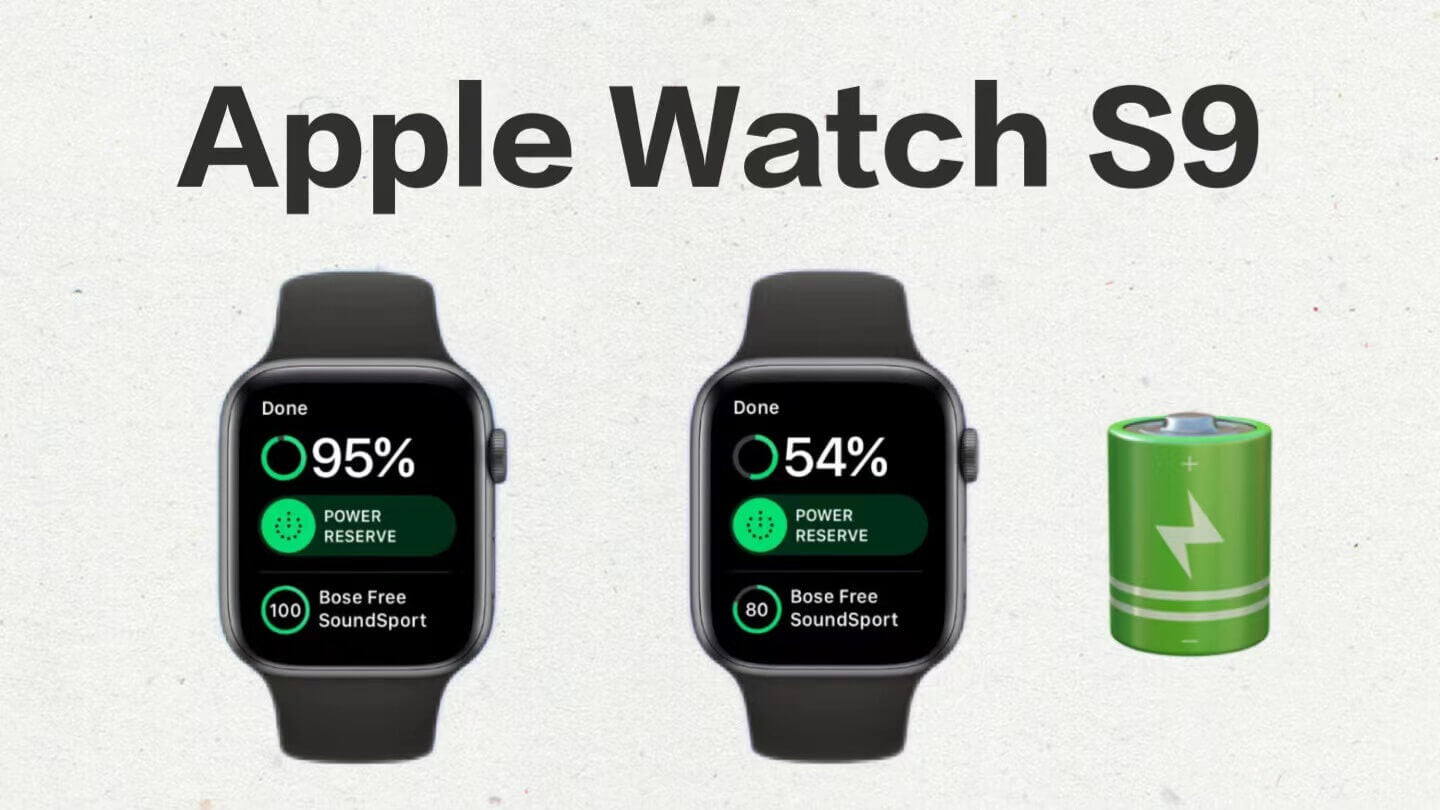In the latest offering, Apple has released new wearable, with the Apple Watch Series 9 being one of the more popular ones on the market, and this year's Apple Watch does come with some fascinating new capabilities compared to previous models. For example, Double Tap is a new gesture that lets you perform certain actions on your Apple Watch with one hand, and the new S9 chip allows Siri to perform localized requests instead of relying on a data connection.
But at the same time, the Apple Watch Series 9 is also facing certain problems. According to foreign media, Mac Rumors reported that for some Apple Watch Series 9 users, after upgrading to the Watch OS 10.1 system, the power consumption problem not only did not improve but became more serious. On social media, one user claimed that watch OS 10.1 was the reason why their battery went from 100% to 50% in less than an hour. Additionally, a few customers have mentioned that their Apple Watches are becoming hot, especially when charging, and that they are receiving notifications saying that "charging is paused due to the high temperature of the Apple Watch" while the device is charging.
As of right now, the fundamental cause of this issue has not been resolved. However, what doable actions can we take on a regular basis to increase the Apple Watch series 9's battery life?
1. Use Low Power Mode
The best solution for battery life on your Apple Watch Series 9 is to turn on Low Power Mode. If battery life is your top priority, putting your Apple Watch in Low Power Mode can extend the time when the battery is low by keeping Low Power Mode enabled. This mode consumes less power, prolonging the battery life of your Apple Watch from 18 to 36 hours.But you will lose part of your watch's functionality. Low-power mode disables the always-on display, double-tap, Wi-Fi and cellular network notifications, and heart rate notifications, and your watch will only receive notifications once every hour, so you may miss something important.
On the other hand, another important step to ensure maximum battery life is to make sure you're running the latest version of the watch OS. Low power mode will remain on until you turn it off or until you charge the watch to 80%. Alternatively, you can leave low power mode on for a period of time; the watch gives you the option to choose one, two, or three days.

2. Enabled Optimized Battery Charging
The Apple Watch supports optimized battery charging, a setting that may be known for keeping the iPhone's battery healthy. The Apple Watch also offers optimized battery charging. Over time, the Apple Watch's battery health tends to deteriorate due to a number of factors. As the lithium-ion battery's chemistry ages, its performance diminishes. Based on your previous charging schedule and location, it will forecast when charging is complete.
3. Turn off the Always-On Display
Even while Apple's vivid dials and bright AMOLED display are amazing - and even though you can customize them to display your favorite images, they do deplete battery life, particularly if you decide to turn on the always-on display. If you don't need it, you can save power consumption by turning off the Always-On Display.
4. Reduce Background APP Refresh
By default, Background App Refresh is turned on and controls background access to data read by specified apps, and Apple Watch uses a lot of battery every day by refreshing them, pulling in new information, and alerting you when anything changes.
If you have apps that you barely use, you can turn them off or reduce notifications to extend battery life. The apps you choose for the dial complex will continue to run even if the Background App Refresh setting is turned off.

5. Turn off Advanced Fitness Tracking
The Apple Watch is one of the best "fitness trackers" when it comes to fitness, which is an advanced health indicator that gives you more insight into your overall health. It includes features like a temperature sensor, respiratory rate tracking, and a blood oxygen sensor. The blood oxygen sensor, in particular, is a huge drain on the watch's battery life. Because it measures the percentage of oxygen delivered by red blood cells from your lungs to the rest of your body, a blood oxygen reading of less than 95% is usually considered low, but that's just a suggestion of how healthy you are.
But Apple experts also say that this advanced health Oxygen measurement on the watch is not intended for medical use, so if it's not too useful for you, you can turn it off to extend battery life.
6. Turn on Sleep Focus Mode
If Sleep Focus mode is not enabled, the Apple Watch display will stay on all night and may activate while you're tossing and turning in your sleep, which can also drain your battery.
Other Aspects:
There are other small aspects to alleviate the Battery power drop, such as turning off the heart rate detector, turning off reminders, turning off sound, turning on no-disturb, and other such daily special operations. The specific settings can be set according to the actual situation. In addition, if you encounter the watch being hot, etc., try not to use irregular chargers, use Apple-certified charging station, and check whether the voltage problem causes charging overheating or self-stop charging.


